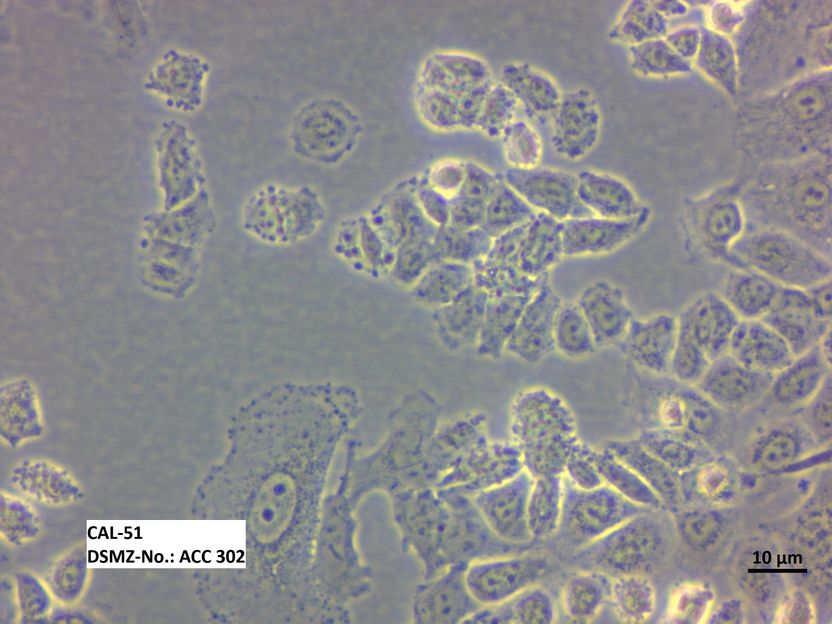Video game players advancing genetic research
Users of game designed by McGill researchers contributing to analysis of DNA sequences
Thousands of video game players have helped significantly advance our understanding of the genetic basis of diseases such as Alzheimer’s, diabetes and cancer over the past year. They are the users of a web-based video game developed by Dr. Jérôme Waldispuhl of the McGill School of Computer Science and collaborator Mathieu Blanchette. Phylo is designed to allow casual game players to contribute to scientific research by arranging multiple sequences of coloured blocks that represent human DNA. By looking at the similarities and differences between these DNA sequences, scientists are able to gain new insight into a variety of genetically-based diseases.
The researchers are releasing the results computed from the solutions collected over the last year, together with an improved version of Phylo, for smart phones and tablets.
Over the past year, Phylo’s 17,000 registered users have been able to simply play the game for fun or choose to help decode a particular genetic disease. “A lot of people said they enjoyed playing a game which could help to trace the origin of a specific disease like epilepsy,” said Waldispuhl. “There’s a lot of excitement in the idea of playing a game and contributing to science at the same time,” Blanchette agreed. ”It’s guilt-free playing; now you can tell yourself it’s not just wasted time.”
Waldispuhl and his students came up with the idea of using a video game to solve the problem of DNA multiple sequence alignment because it is a task that is difficult for computers to do well. “There are some calculations that the human brain does more efficiently than any computer can. Recognizing and sorting visual patterns fall in that category,” explained Waldispuhl. “Computers are best at handling large amounts of messy data, but where we require high accuracy, we need humans. In this case, the genomes we’re analyzing have already been pre-aligned by computers, but there are parts of it that are misaligned. Our goal is to identify these parts and transform the task of aligning them into a puzzle people will want to sort out.”
So far, it has been working very well. Since the game was launched in November 2010, the researchers have received more than 350,000 solutions to alignment sequence problems. “Phylo has contributed to improving our understanding of the regulation of 536 genes involved in a variety of diseases. It also confirms that difficult computational problems can be embedded in a casual game that can easily be played by people without any scientific training,” Waldispuhl said. “What we’re doing here is different from classical citizen science approaches. We aren’t substituting humans for computers or asking them to compete with the machines. They are working together. It’s a synergy of humans and machines that helps to solve one of the most fundamental biological problems.”
Most read news
Organizations
Related link

Get the analytics and lab tech industry in your inbox
By submitting this form you agree that LUMITOS AG will send you the newsletter(s) selected above by email. Your data will not be passed on to third parties. Your data will be stored and processed in accordance with our data protection regulations. LUMITOS may contact you by email for the purpose of advertising or market and opinion surveys. You can revoke your consent at any time without giving reasons to LUMITOS AG, Ernst-Augustin-Str. 2, 12489 Berlin, Germany or by e-mail at revoke@lumitos.com with effect for the future. In addition, each email contains a link to unsubscribe from the corresponding newsletter.
























































